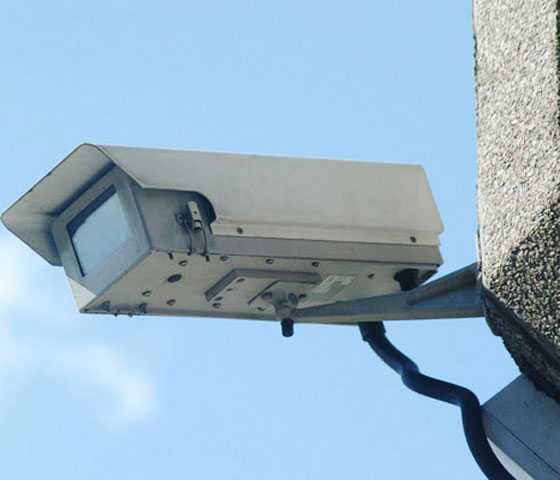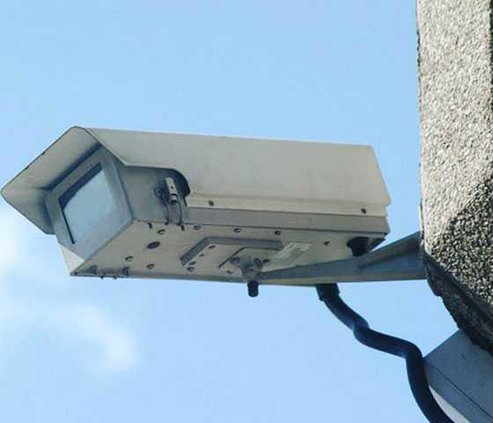Manteca’s municipal staff is evaluating options requiring new development to purchase security cameras and storage systems in a bid to help law enforcement identify and gather evidence to arrest and convict law breakers.
The goal is to have security cameras that capture activity on streets surrounding new development. That would be in addition to any security cameras a new development would have for inside or exterior security within their property.
City Manager Karen McLaughlin indicated in a response to a query from Councilman John Harris about the 2012-13 municipal budget that staff was exploring such a requirement as a condition for new development.
The idea was first advanced by Mayor Willie Weatherford several months ago after staff expressed its frustration with a state law that made the city’s installing security systems in public parks and eventually along streets cost prohibitive. The mayor suggested the city explore a possible city grant program to have businesses install equipment that would record activity in public areas. Such systems typically store images for a week or a month.
Private video recordings are often accessed by police in trying to find suspects that have committed crimes. The better quality of the video, the greater the chances of gleaning images that can lead to an arrest.
The staff is now looking at an overall city policy that would take Weatherford’s idea a step further at no cost to the city.
The city had secured and set aside federal Community Development Block Grant funds for surveillance equipment at Southside and Library parks in a bid to collect images of gang activity to help in arrests and prosecution.
As Manteca moved forward with planning for the system they were informed under state law that they needed server storage to hold all recordings for a year before they can be erased. The only way around that in California is to not record the images which would require someone to monitor them 24/7 to make it effective. The camera at the city’s skate park, for example, is monitored periodically by dispatch but not recorded.
McLaughlin in May told council that city technology staff was working on a solution. She said staff was trying to secure a funding source to store the images for a year since they are considered part of the public record. Meanwhile, the federal funds weren’t being spent meaning the city could lose them. The council switched the funding to other projects that were ready to proceed.
Cameras were envisioned more than five years ago as a way to cut down on gang-related crimes, public drinking, and even transients bedding down for sleep.
The backbone for a surveillance camera system will actually move forward over the next year when a fiber optic line is buried between the Civic Center at 1001 Center Street and the transit station being built at Moffat and South main is buried. Federal stimulus funds are covering the cost of the fiber optic line that includes cameras at the transit station. The city also has received federal money to put surveillance cameras in at a number of the bus stops that will have benches and shelters placed at them in the coming months.
McLaughlin said not only could the Southside and Library parks have video equipment that could piggyback on the fiber optic line but it also opens the door for similar cameras to be placed in the downtown district.
But until the storage problem could be addressed such cameras could not be used.
Growth may keep an eye on crime
Proposal would require security cameras covering nearby streets





